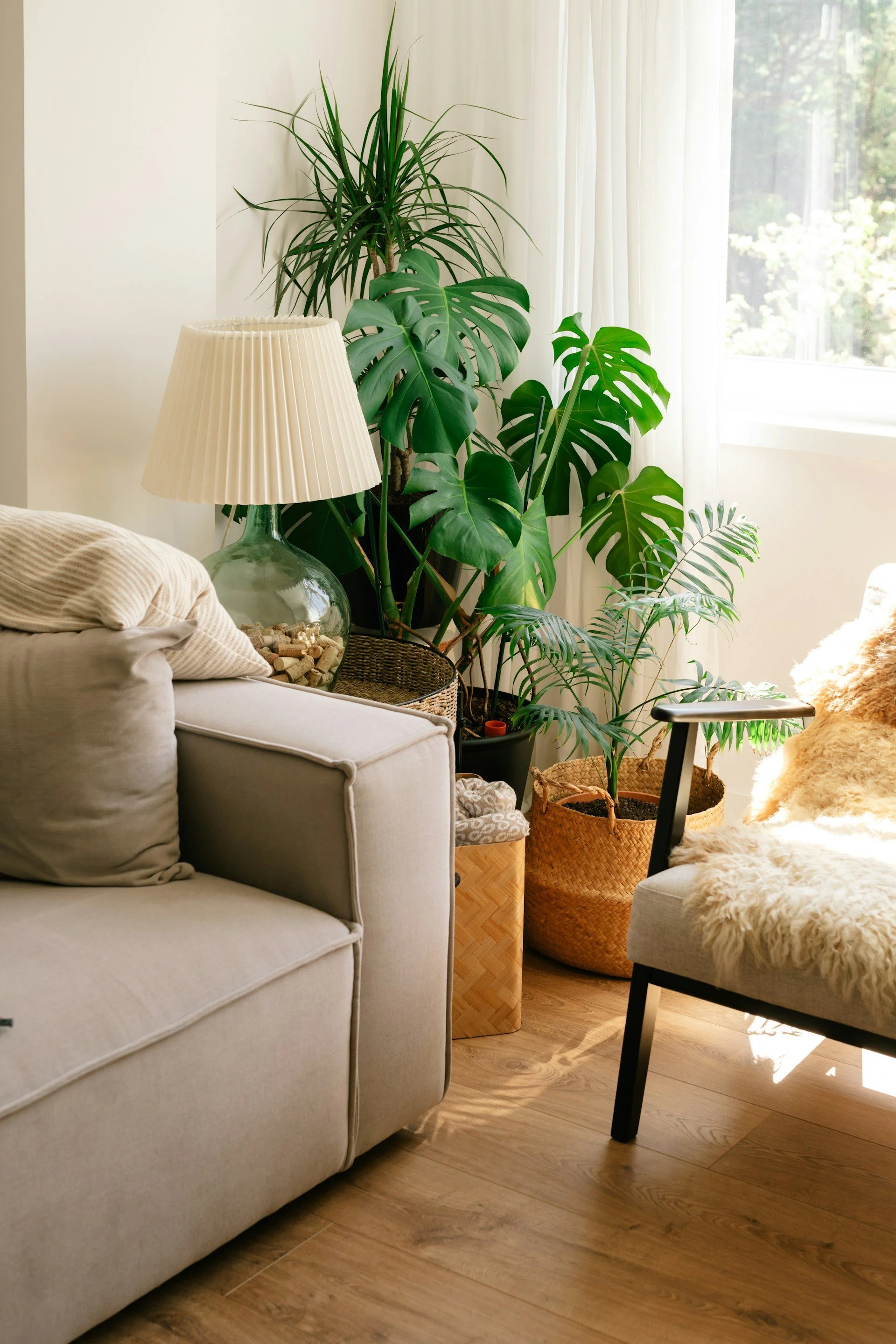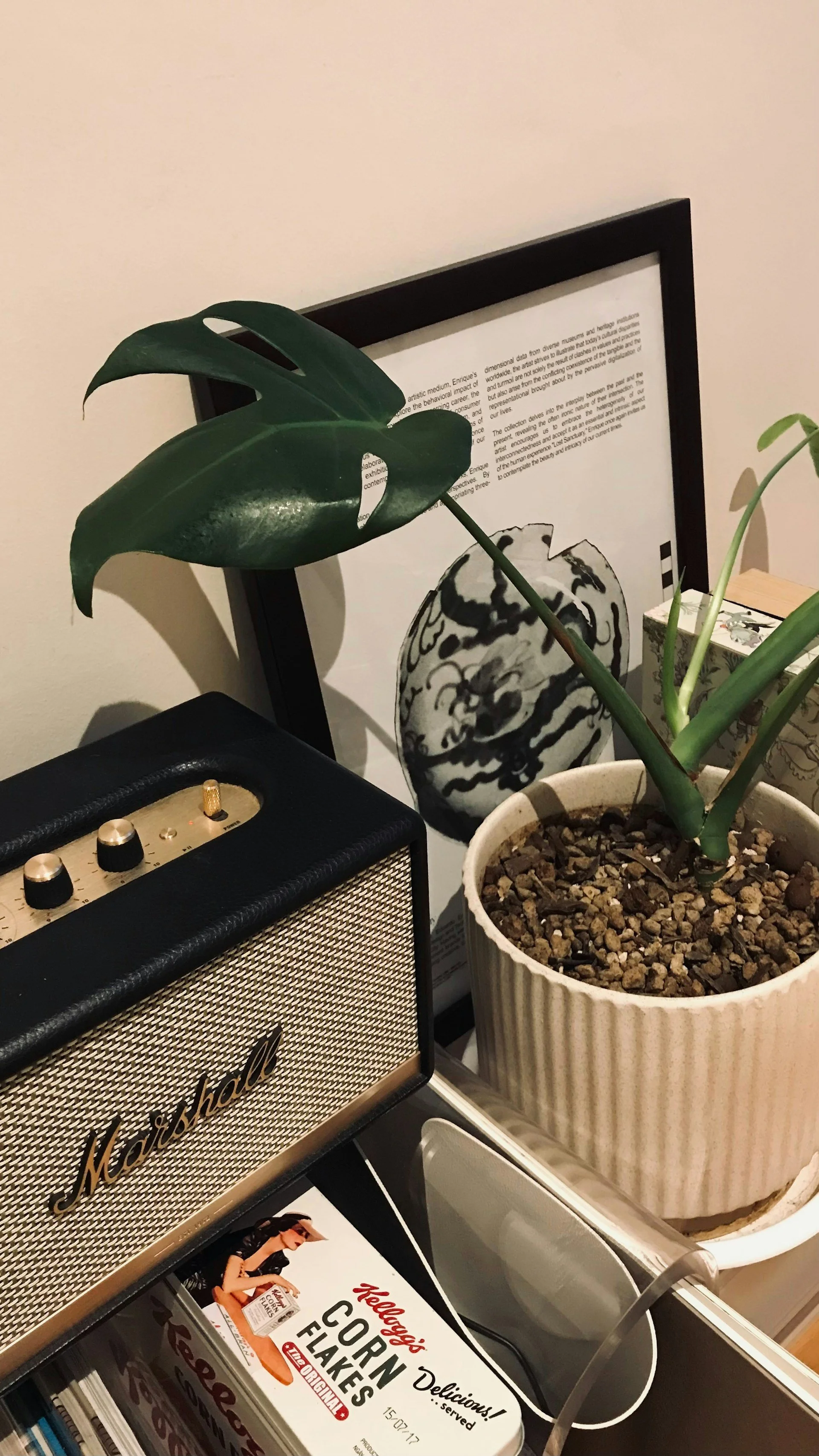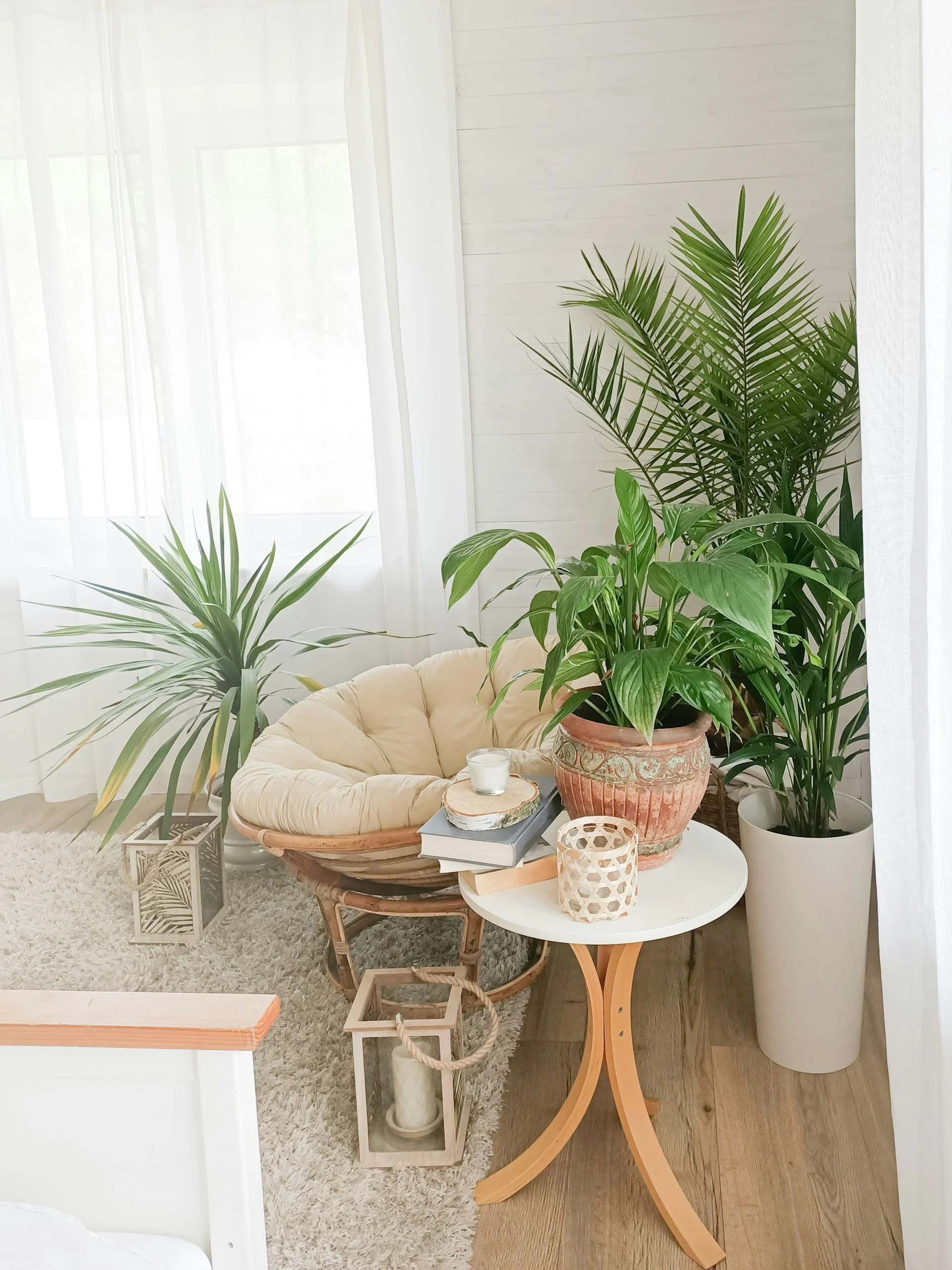The concept of eudaimonia, rooted in Aristotelian philosophy, is more than just happiness. Eudaimonia represents a state of good spirit and the realisation of one's full potential. It's about creating environments that support individuals in becoming their best selves across different life stages and circumstances. I sat down with Jenna Mikus to explore the concept and find out how we can weave this into Biophilic Design.
Jenna is founder of the Eudae Group and an Honorary Fellow at the University of Melbourne, and focuses on this concept, bridging engineering, philosophy, and design to create spaces that truly support human flourishing.
Eudaimonia manifests itself in Jenna's recent projects across healthcare and educational settings. In hospitals, she challenges traditional design creating spaces that support all users of the space, staff, patients and families. Imagine healing environments with dedicated family zones, access to natural views, and carefully curated sensory experiences that help process difficult emotions. All of this will resonate with Biophilic Designers.
Jenna’s own professional journey is anything but conventional. With a background in mechanical engineering, art history, and business, she represents the antithesis of traditional siloed thinking. Her career trajectory—from government consulting to architectural design—reflects a deep commitment to understanding how environments can profoundly impact human experience.
In educational spaces, Jenna advocates for neuro-inclusive design. We need classrooms with varied lighting zones, comfortable materials, and flexible spaces that accommodate different learning styles. The goal is to create environments that inspire learning by understanding how space can activate creativity and engagement. All these things are also woven into Biophilic Design.
In our conversation she shares that we can all bring these large-scale learnings into small-scale real-world situations. When her father experienced a serious health crisis, Jenna applied her design principles directly. By carefully controlling environmental factors—ensuring good air quality, playing classical music he loved, and creating visual references to positive memories—she supported his cognitive recovery.
Just like the Journal of Biophilic Design, crucially, Jenna emphasises breaking down disciplinary barriers. She sees innovation happening in the "messy middle" between traditional fields, advocating for a more holistic, collaborative approach to design. This means bringing together engineers, architects, psychologists, and other professionals to create truly comprehensive solutions.
Biophilic design plays a central role in this approach. Drawing inspiration from indigenous philosophies that emphasize human connection with place, Jenna believes our environments should reflect our fundamental need to connect with nature. It's not just about adding plants or windows but creating meaningful interactions between human spaces and natural systems.
Her vision extends beyond individual buildings to broader societal transformation. By designing with empathy, inclusivity, and a deep understanding of human needs, we can create spaces that support individual and collective well-being. This approach recognizes that our built environments are not just physical structures, but active participants in human experience.
When asked to paint the world with a "magic brush of biophilia," Jenna envisions a landscape of open-mindedness, beautiful light, and empowering interactions. She sees design as a tool for uplifting individuals, societies, and planetary health—achieving a symbiotic relationship that allows humans to truly flourish.
Her upcoming presentation at the Biophilic Design Conference promises to further explore these ideas, offering insights into how we can reimagine design as a holistic practice that supports human potential.
For architects, designers, and anyone interested in creating more supportive environments, Jenna offers a compelling message: Design is not just about creating spaces, but about nurturing human potential. By understanding the deep psychological and philosophical dimensions of our built environment, we can create spaces that don't just shelter us, but actively support our growth, creativity, and well-being.
I was so happy to interview Jenna, as I love her interdisciplinary approach. It’s important to remind ourselves that thoughtful, empathetic design can be a powerful catalyst for individual and collective transformation. Biophilic Design helps us articulate this into the real world.
To find out more about Jenna and Eudaimonia, connect with her on LinkedIn, her Google Scholar page and visit the Harvard FxD page.
Also check out Conscious Centre for Design, and the International WELL Building Institute,
Also she would like to extend the opportunity to submit a chapter for an upcoming book she is editing visit this link.
Book tickets to see Jenna at Biophilic Design Conference www.biophilicdesignconference.com
If you like this, please subscribe!
Have you got a copy of the Journal? You can now subscribe as a member of the Journal of Biophilic Design or purchase a gorgeous coffee table reference copy or PDF download of the Journal journalofbiophilicdesign.comor Amazon and Kindle.
Biophilic Design Conference www.biophilicdesignconference.com
Credits: with thanks to George Harvey Audio Production for the calming biophilic soundscape that backs all of our podcasts.
Listen to our podcast on Audible, Amazon Music, Spotify, iTunes, YouTube and all the RSS feeds.
https://www.facebook.com/journalofbiophilicdesign/
https://twitter.com/JofBiophilicDsn


